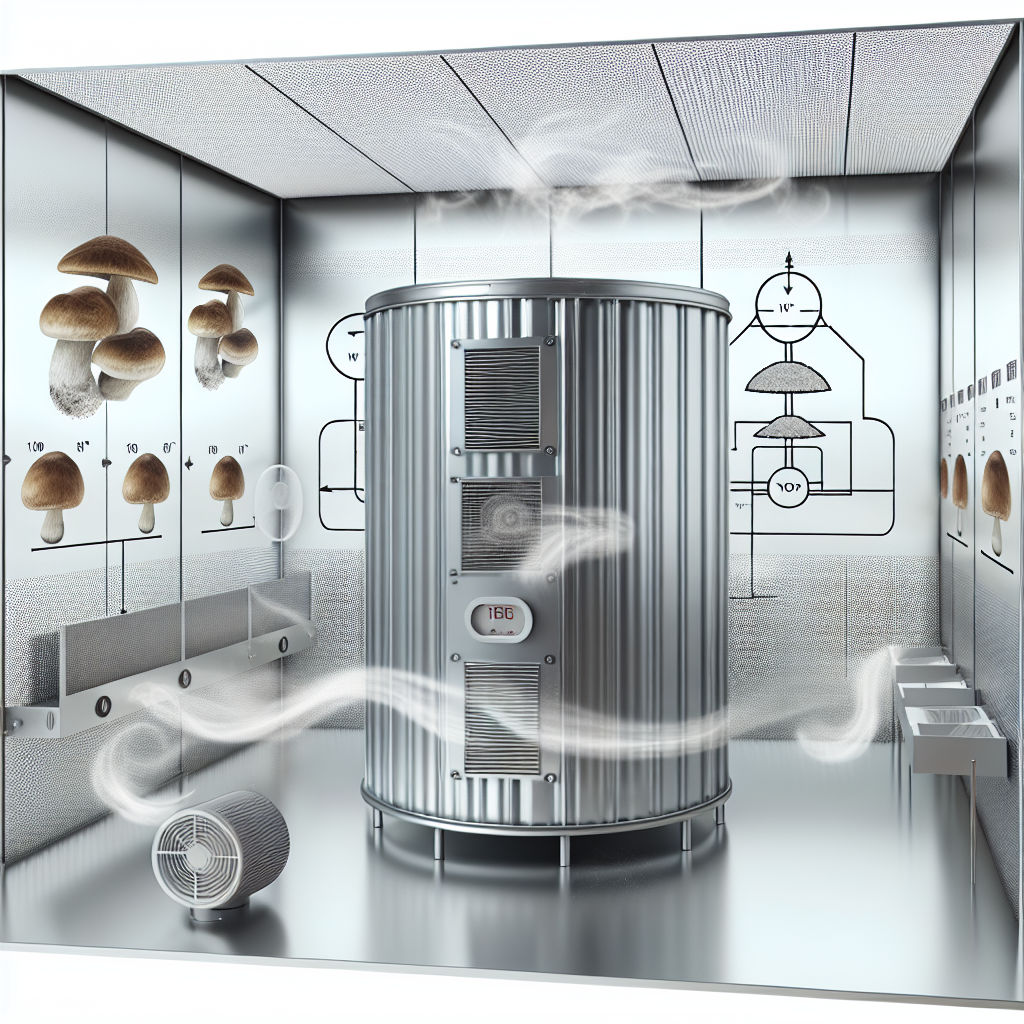The Nature of Saprophytic Growth
If you see a mushroom growing on another mushroom, it is probably a saprophytic fungus. These mushrooms are not dangerous; some can even help the environment. Saprophytism is the process by which mushrooms grow on other mushrooms. Saprophytes are living things that eat dead or rotting things. In the case of mushrooms, dead or rotting matter is another mushroom’s mycelium.
Understanding Mycelium
Mycelium is the living part of a fungus. It is made up of hyphae, which look like thin threads. Mycelium starts to break down when a mushroom dies. This decay process gives other fungi the nutrients they need to grow on the dead mycelium.
Common Saprophytic Species
Some examples of saprophytic mushrooms: The shaggy mane mushroom, or Coprinus comatus, is a common mushroom that grows in fields and parks. The oyster mushroom grows on wood. The shiitake mushroom, or Lentinula edodes, is a saprophytic fungus that grows on dead hardwood trees. The morel mushroom, called Morchella esculenta, is a saprophytic mushroom that grows in the spring.
Beneficial Nature of Saprophytes
Saprophytic mushrooms don’t live off of other things. They don’t hurt the live mushrooms they are growing on. They can help the mushroom break down and put its minerals back into the soil.
Types and Functions of Saprophytes
Organisms called saprophytes get their food from dead or rotting organic matter. They are a kind of organism called a heterotroph, which means they can’t make their food. Saprophytes can be found in all environments, and they help break down organic waste in a big way.
Diversity of Saprophytic Life
Saprophytes, such as mushrooms, bacteria, and protists, come in many forms. Fungi are the most common type of saprophyte. They help break down plant and animal matter in a big way. Bacteria are also essential saprophytes, supporting organic and inorganic matter breakdown. Some saprophytes are part of a group of animals called protists.
Environmental Impact
Saprophytes are important for the earth because they help recycle minerals. When they break down organic waste, they release minerals into the soil or water. Then, species like plants and animals can use these nutrients. Saprophytes also help clean up the surroundings by breaking down chemicals and toxins.

Dominic E. is a passionate filmmaker navigating the exciting intersection of art and science. By day, he delves into the complexities of the human body as a full-time medical writer, meticulously translating intricate medical concepts into accessible and engaging narratives. By night, he explores the boundless realm of cinematic storytelling, crafting narratives that evoke emotion and challenge perspectives. Film Student and Full-time Medical Writer for ContentVendor.com




